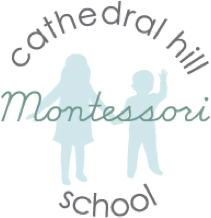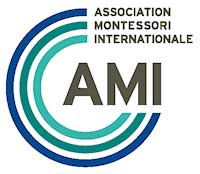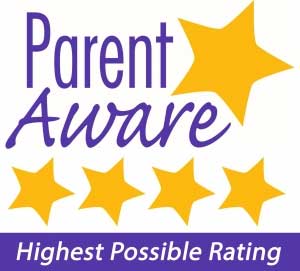Montessori
Maria Montessori was clearly ahead of her time, and her core principles—that effective learning is self-directed and calls for the development of the whole person—uniquely prepares your child for our fast-changing world.
Montessori education is designed to help your child maximize their potential. It offers an educational environment that is purposefully designed to meet each child's unique developmental needs and adults who are specifically trained to observe and put them in touch with exactly what they need to learn at that very moment.
Who is Montessori ?
Maria Montessori was born in Italy in 1870. She excelled in science and mathematics, and used her knowledge and determination to become the first women in Italy to receive a medical degree. Specifically interested in the fields of pediatrics and psychiatry, she began working with and observing children. In 1907, she opened a school in Rome for impoverished families. It was here at her first Casa dei Bambini that she developed all that she had learned and observed into the Montessori Method that we know today.
Maria Montessori spent the rest of her life developing and sharing her method with the world. She was a pragmatist, a visionary, and a humanitarian; a three-time nominee for the Nobel Peace Prize; a friend of Gandhi; a guest of Woodrow Wilson; and an inspiration to Alexander Graham Bell. Today, we know Dr. Montessori best for the educational method that bears her name and continues her message: “follow the child, they will show you what they need to do.”
What is Montessori education ?
Montessori education is a method based upon the life work of Dr. Maria Montessori. Her approach to education was sustained by her belief that education was a means to create a better society. She observed children around the world and found that the laws of human development were universal and inherent in children of all races and cultures. The Montessori approach to education continues to be respected and practiced internationally today.
.
The Prepared Environment
The Montessori prepared environment is a living children’s house, a “home away from home.” There are a number of key elements that constitute a Montessori prepared environment:
- Mixed-age rooms where children can learn from one another: The younger children rely upon the assistance of older ones and eventually become leaders themselves.
- Freedom within limits. Children are free to choose activities of interest to them so long as they handle them respectfully, receive an initial presentation by the guide on the material’s use, and its availability.
- Uninterrupted work cycles where the children may choose what to do and spend as much time as they need with any material.
- A well-prepared environment that is child-sized and child-focused. The idea being that this is a place where the children are central and it is truly their environment.
Over a period of time, the children develop into a “normalized community,” working with high concentration and few interruptions. Normalization is the process whereby a child moves from being undisciplined to self-disciplined, from disordered to ordered, from distracted to focused, through work in the environment. The process occurs through repeated work with materials that captivate the child’s attention. For some children this inner change may take place quite suddenly, leading to deep concentration.
It is important to provide children with an early foundation that includes a positive attitude toward school, inner security and a sense of order, pride in the physical environment, abiding curiosity, opportunity for concentration, habits of initiative and persistence, the ability to make decisions, self-discipline, and a sense of responsibility to other members of the class, school, and community. This foundation will enable them to acquire more specialized knowledge and skills throughout their school career.
The Role Of The Guide
Another extremely important component of any Montessori environment is a well-trained adult who is intimately familiar with the Montessori materials and their purposes. The primary tasks of a Montessori guide are to:
- Awaken the child’s spirit and imagination
- Encourage the child’s natural desire for independence
- Help the child develop the kindness, courtesy and self-discipline that will allow them to become a contributing member of society
- Model how to observe, question and explore ideas independently
To achieve these goals, the guide must first prepare a beautiful, orderly and simple environment that provides the necessary variety of purposeful activities for the child. The guide must also have a solid understanding of the developmental characteristics of the age range of the children he or she is working with, understanding that children’s needs evolve over time. The guide then will observe the children to know their individual needs and interests and direct the children toward work that is developmentally appropriate for them. This is combined with a dedication to observing the children constructively and and tailoring interactions with each child to know when, and how much, to intervene, is one of the most important talents the Montessori guide.
At the center of a child’s experience in a Montessori environment is a drive toward independence. This includes independence in self-care, thought, and action. A Montessori environment educates and helps develop the whole child by creating an environment where a child has freedoms within limits, an ability to practice both social and academic skills, and the room to nurture his or her emotional and spiritual needs.
PROGRAMS
Privacy Policy | Accessibility
Cathedral Hill Montessori School
Cathedral Hill Montessori School




